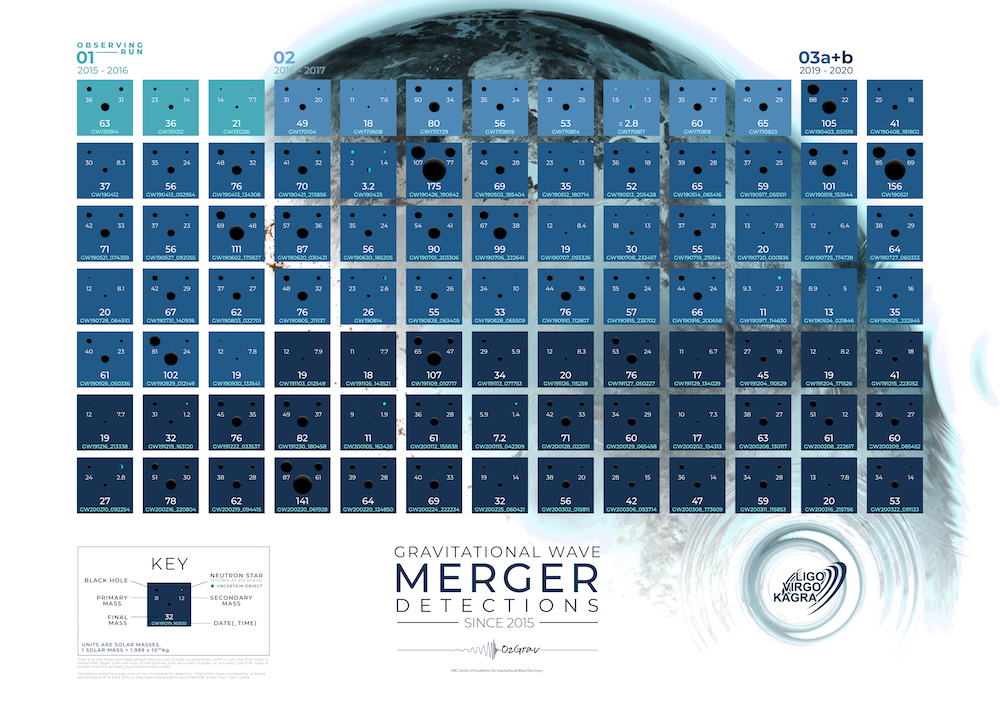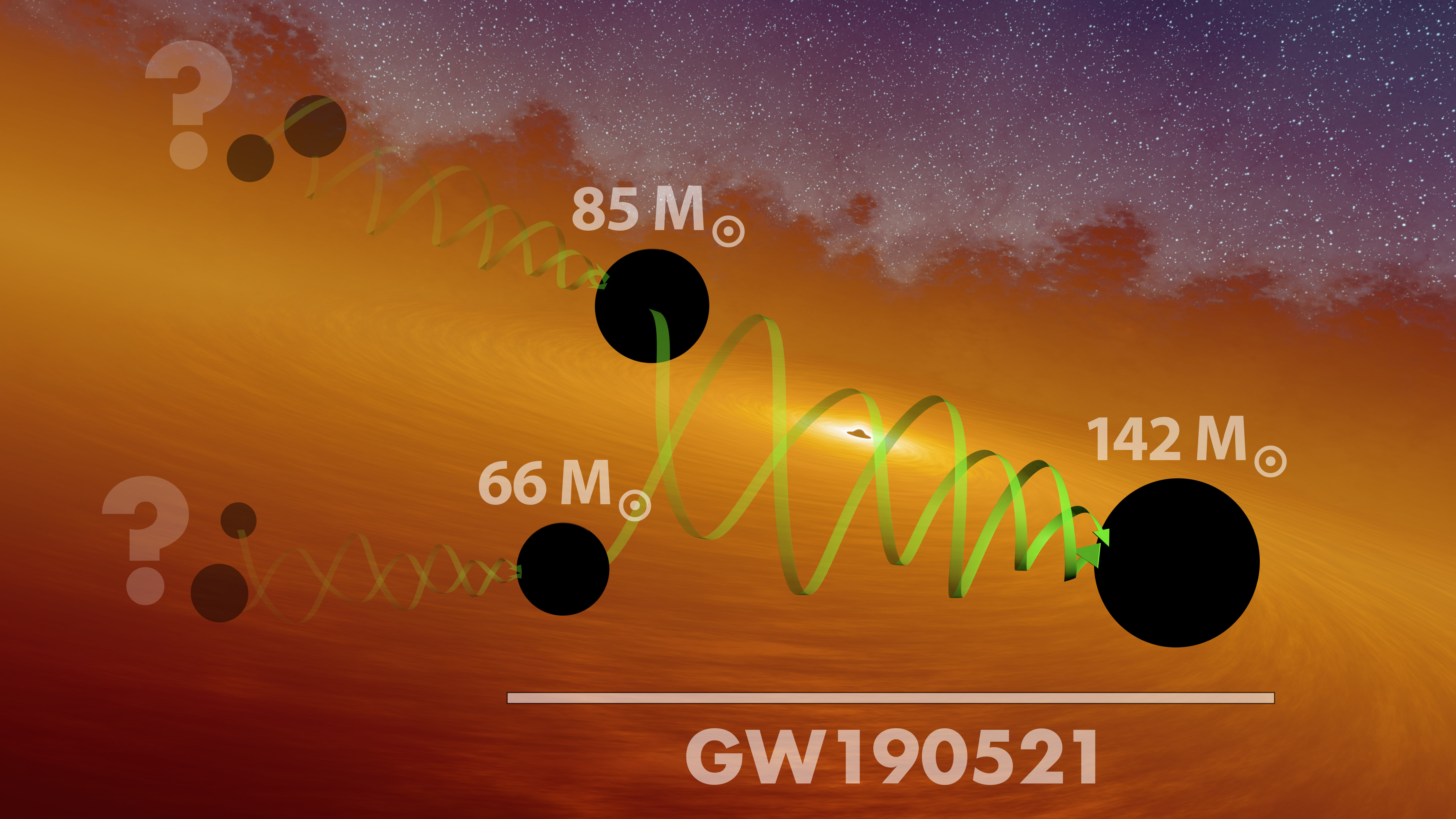Gravitational Waves
Gravitational waves are perturbations that propagate like ripples in space-time fabric. They will not only allow us to test the predictions of General Relativity in regions of strong gravity, but will also serve as a tool to expand our understanding of the Universe. Direct observations of gravitational waves are being pursued by an international network of advanced (second generation) laser interferometric detectors. Presently a significant amount of effort is being devoted by this research community in developing algorithms and data analysis pipelines to efficiently search for gravitational wave signals in noisy data. Compact binary coalescences are interesting as sources of gravitational waves because their rates are expected to be favorable and their phases can be modeled to a very high accuracy, so that matched filtering can be used to search for them.

The detection of gravitational waves from binary neutron star mergers, in coincidence with multi-wavelength electromagnetic observations, has opened up a new era of multi-messenger astronomy. Together they allow us to probe the interior composition of neutron stars, and in turn to study the properties of dense nuclear matter under extreme conditions that are otherwise inaccessible to terrestrial experiments. Not only binary mergers, isolated neutron stars too can undergo oscillations when perturbed, which emit continuous gravitational waves. Such oscillation modes have also been conjectured to be excited in the post-merger ringdown phase of binary coalescence, and could also influence their tidal coupling. The oscillation frequency and damping times of such stellar oscillation modes, obtained from gravitational wave signals, depend on the internal composition of neutron stars and will allow us to constrain the nature of dense matter.
Gravitational waves, however, can probe a much wider range of known and (so far) unknown sources, where the phase evolution in most of cases is unmodeled or ill-modeled. A Stochastic Gravitational Wave Background (SGWB) is one of such source, which can be created by overlapping GW signals from unresolved astrophysical sources in the nearby anisotropic universe. A weaker isotropic SGWB is also expected from GWs produced in the early universe. Gravitational wave researchers in IUCAA work on astrophysical and cosmological aspects of both types of sources and on devising methods for detecting them.

At IUCAA, gravitational wave sources (burst, continuous and stochastic) are being studied in great detail in apprehension of the planned third-generation gravitational wave detector LIGO-India. The analysis of data from the currently operational and future planned detectors will allow useful extraction of physics from such sources.
Time-delay interferometry must be used for space-based detectors such as LISA to achieve the requisite sensitivity. Algebraic geometric methods have been employed to cancel the laser frequency noise. Alternative approach is to use matrix representations. This work is being carried out at IUCAA.
Since IUCAA is one of the nodal institutions of the LIGO-India megascience project, IUCAA has an active training and R&D program in the field of Gravitational Wave detectors and related instrument Science. Several laboratories are presently under development to house this activity both within IUCAA and in the SP Pune University campus. Training and research in experimental optics, electronics and mechanics aspects of the interferometric gravitational wave detectors are currently being pursued. This program is primarily directed at preparing a team which can take on the tasks of installation, commissioning and operation of the LIGO-India detector. In addition, efforts are underway to pursue advanced research which aims to contribute to future 3rd generation GW detectors. For further details please see → GW Research Group at IUCAA


